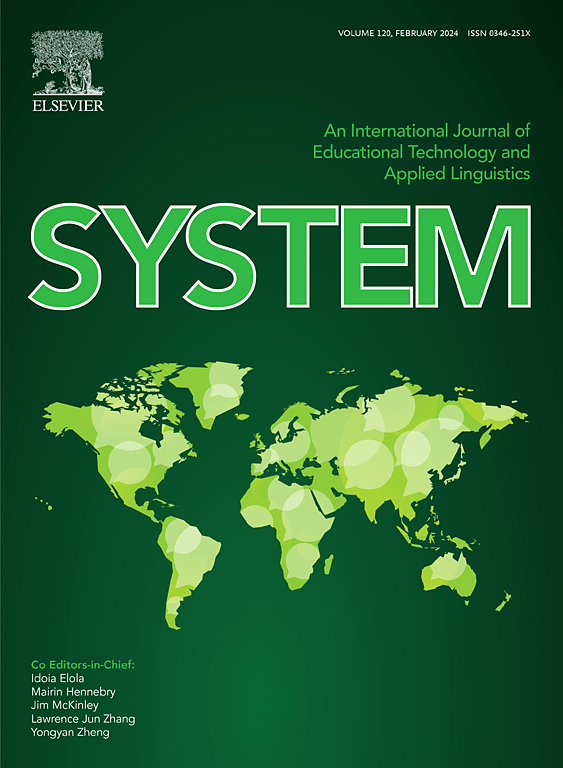小核仁RNA失调及其在牛亚临床乳腺炎中的潜在作用
IF 6.5
1区 农林科学
Q1 Agricultural and Biological Sciences
引用次数: 0
摘要
亚临床乳腺炎由包括金黄色葡萄球菌(S. aureus)和显色葡萄球菌(S. chromogenes)在内的许多病原体引起,由于其相关的经济损失和牛奶质量差,对乳制品行业构成了重大挑战。宿主对乳腺炎病原体反应的分子调控机制,包括小核核rna (small nucleolar rna, snoRNAs)的作用尚不清楚。因此,本研究探讨了snoRNA在亚临床乳腺炎中的表达及其潜在作用。对患有自然发生的金黄色葡萄球菌(n = 14)和显色葡萄球菌(n = 3)亚临床乳腺炎的奶牛和健康奶牛(n = 4)的乳体细胞进行转录组测序和生物信息学分析。我们鉴定了255个表达的snorna,其中21个在金黄色葡萄球菌阳性奶牛中差异表达(DE), 20个在金黄色葡萄球菌染色体阳性奶牛中差异表达(DE)。对核糖体RNA (rRNA)修饰位点的预测发现了一些18S rRNA和28S rRNA修饰(假尿嘧啶化和2 ' - o -甲基化)对DE snoRNAs的核糖体功能至关重要的靶点,如SNORA79 (18S-1319, 28S-3001), SNORA1 (18S-1496, 28S-1747),提示它们在亚临床乳腺炎期间的翻译和免疫调节中起作用。相关性分析发现DE snorna - mrna(来自相同样品)与大多数相关mrna(如CXCL8、IL6R、IL2、IL1R、IL18R1、STAT3、NFKB2、MYD88、VEGFA和CD40)具有免疫相关功能。金黄色葡萄球菌阳性组(调节防御/免疫反应、白细胞分化、对细胞因子的反应、NF-κB信号通路、JAK-STAT信号通路等)和金黄色葡萄球菌染色体阳性组(调节防御反应、对细胞因子的反应、调节免疫反应、NF-κB信号通路、TNF信号通路、JAK-STAT信号通路)的snoRNAs相关基因功能富集揭示了其参与免疫和炎症过程。一些功能术语对两种病原体是共同的(如NF-κB、JAK-STAT信号、免疫系统过程),这表明两种病原体使用共同的调节机制来控制感染。此外,通过snoRNA-mRNA网络构建,金黄色葡萄球菌阳性组(SNORA66、novelsnoRNA_26_14905(也称为novelSnoRNA_86)、SNORD107、SNORA1、SNORA63、SNORA79、SNORA76)和金黄色葡萄球菌染色体阳性组(SNORD18、SNORA79、SNORA46、U2-19、SNORA66、SNORD37、SNORD49)分别鉴定出7个关键(hub) snoRNAs,它们与大多数蛋白质编码基因(|r| > 0.9;≥30个mrna)相关。hub snoRNAs相关基因的功能富集表明它们参与免疫相关功能(75%的富集项)和代谢过程(20%的富集项)。这些数据表明,在亚临床乳腺炎期间,DE snorna,特别是14个中枢snorna具有潜在的调节作用。本研究首次提出了将snoRNAs与牛亚临床乳腺炎联系起来的证据,并为金黄色葡萄球菌和变色葡萄球菌引起的亚临床乳腺炎的分子机制提供了新的见解。本文章由计算机程序翻译,如有差异,请以英文原文为准。
Small nucleolar RNA dysregulation and potential roles in bovine subclinical mastitis
Subclinical mastitis, caused by many pathogens including Staphylococcus aureus (S. aureus) and Staphylococcus chromogenes (S. chromogenes), presents a major challenge to the dairy industry due to its associated economic losses and poor milk quality. The molecular regulatory mechanisms, including the role of small nucleolar RNAs (snoRNAs), of the host response to mastitis pathogens remain unclear. Therefore, this study investigated snoRNA expression and potential roles during subclinical mastitis. Milk somatic cells from cows with naturally occurring S. aureus (n = 14) and S. chromogenes (n = 3) subclinical mastitis, and healthy cows (n = 4) were subjected to transcriptome sequencing and bioinformatics analyses. We identified 255 expressed snoRNAs including 21 differentially expressed (DE) in S. aureus-positive cows and 20 DE in S. chromogenes-positive cows. Prediction of ribosomal RNA (rRNA) modification sites found several 18S rRNA and 28S rRNA modification (pseudouridylation and 2′-O-methylation) target sites essential for ribosome function for DE snoRNAs, such as SNORA79 (18S-1319, 28S-3001), SNORA1 (18S-1496, 28S-1747), suggesting their roles in translation and immune modulation during subclinical mastitis. Correlation analysis identified DE snoRNAs-mRNAs (from the same samples) pairs with majority of the correlated mRNAs (e.g., CXCL8, IL6R, IL2, IL1R, IL18R1, STAT3, NFKB2, MYD88, VEGFA, and CD40) having immune related functions. Functional enrichment of correlated genes of snoRNAs for S. aureus-positive group (regulation of defense/immune response, leukocyte differentiation, response to cytokine, NF-κB signaling pathway, JAK-STAT signaling pathway etc.) and S. chromogenes-positive group (e.g., regulation of defense response, response to cytokine, regulation of immune response, NF-κB signaling pathway, TNF signaling pathway, and JAK-STAT signaling pathway) revealed involvement in immune and inflammatory processes. Some functional terms were common to both pathogens (e.g., NF-κB, JAK-STAT signaling, immune system processes) and suggest common regulatory mechanisms used by both pathogens to contain infection. Furthermore, snoRNA-mRNA network construction identified 7 key (hub) snoRNAs each for S. aureus-positive group (SNORA66, novelsnoRNA_26_14905 (also denoted as novelSnoRNA_86), SNORD107, SNORA1, SNORA63, SNORA79, SNORA76) and S. chromogenes-positive group (SNORD18, SNORA79, SNORA46, U2-19, SNORA66, SNORD37, SNORD49) that correlated with the most protein coding genes (|r| > 0.9; ≥ 30 mRNAs). Functional enrichment of correlated genes of hub snoRNAs reveals their involvement in immune related functions (75% of enriched terms) and metabolic processes (20% of enriched terms). These data suggest potential regulatory roles for the DE snoRNAs and in particular, the 14 hub snoRNAs during subclinical mastitis. This study presents the first evidence linking snoRNAs to bovine subclinical mastitis and offers new insights into the molecular mechanisms underlying subclinical mastitis caused by S. aureus and S. chromogenes.
求助全文
通过发布文献求助,成功后即可免费获取论文全文。
去求助
来源期刊

Journal of Animal Science and Biotechnology
AGRICULTURE, DAIRY & ANIMAL SCIENCE-
CiteScore
9.90
自引率
2.90%
发文量
822
审稿时长
17 weeks
期刊介绍:
Journal of Animal Science and Biotechnology is an open access, peer-reviewed journal that encompasses all aspects of animal science and biotechnology. That includes domestic animal production, animal genetics and breeding, animal reproduction and physiology, animal nutrition and biochemistry, feed processing technology and bioevaluation, animal biotechnology, and meat science.
 求助内容:
求助内容: 应助结果提醒方式:
应助结果提醒方式:


